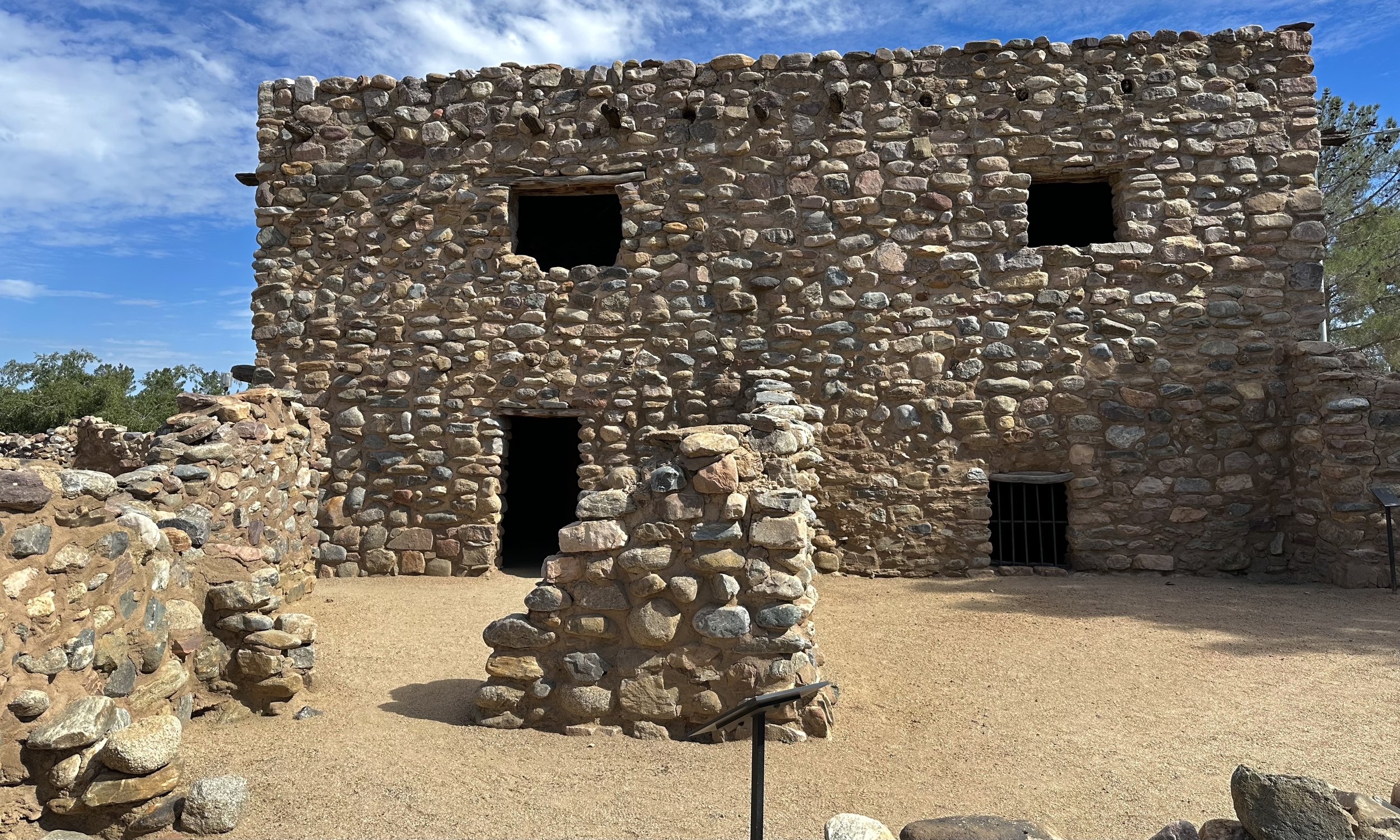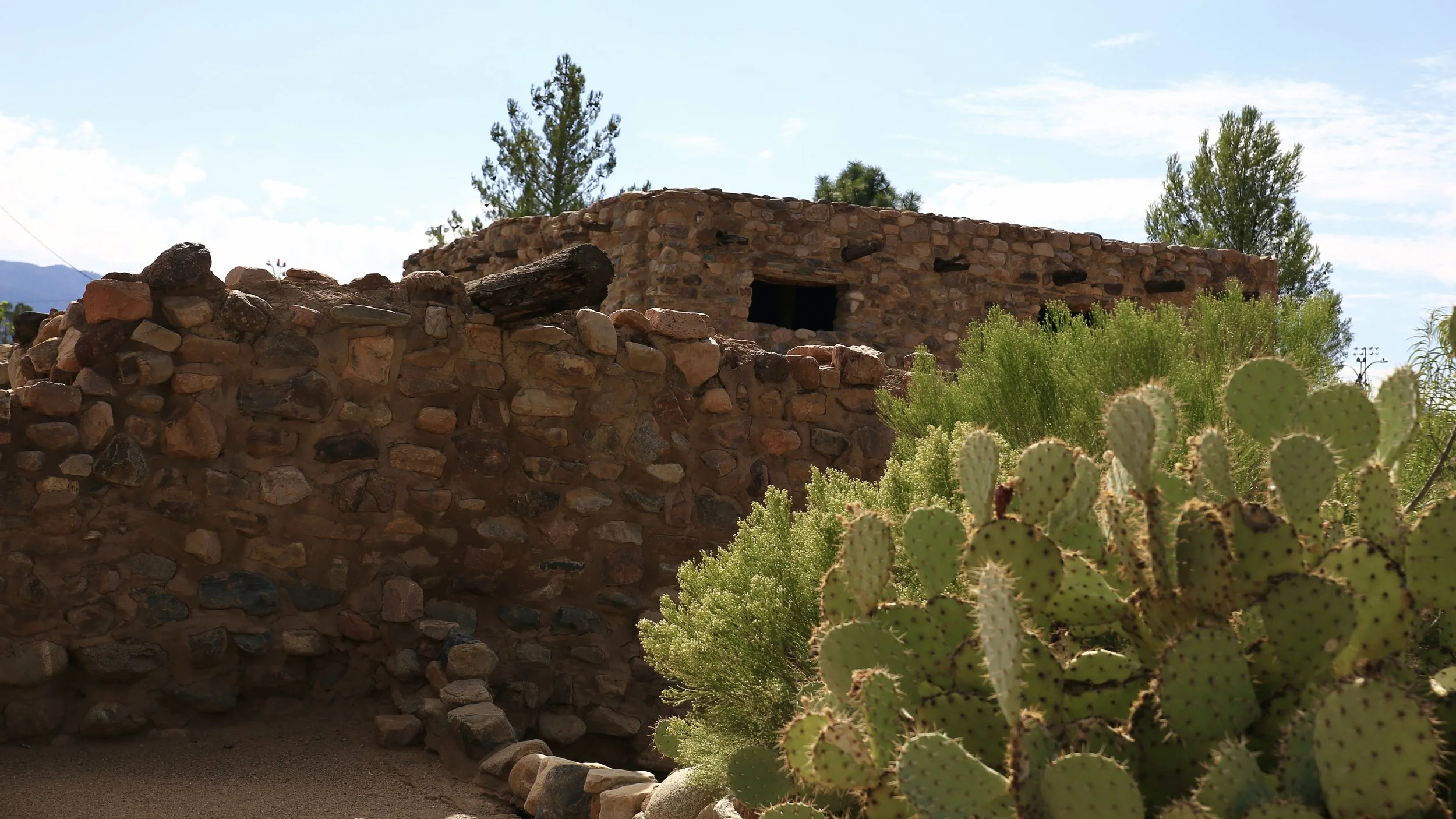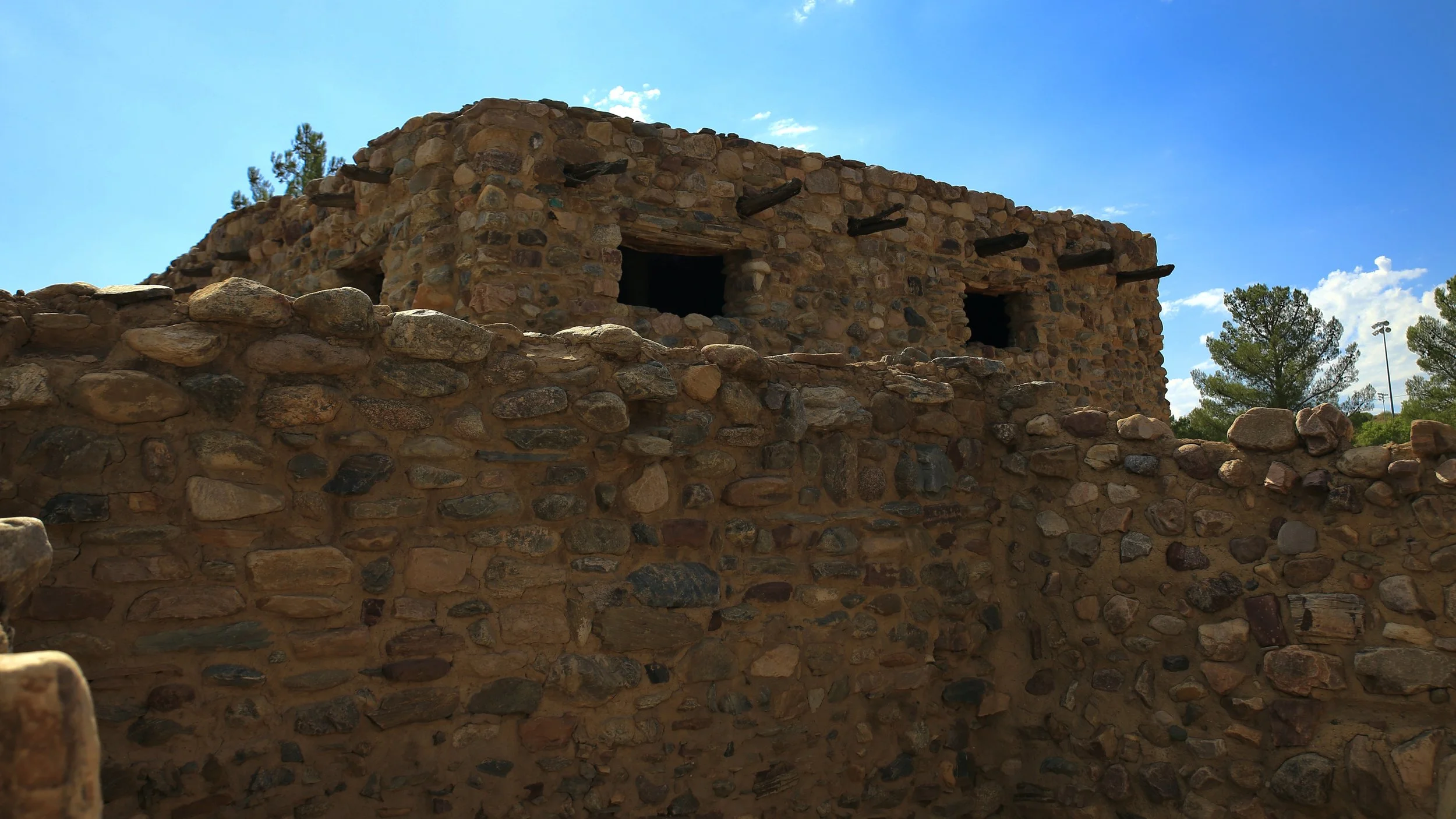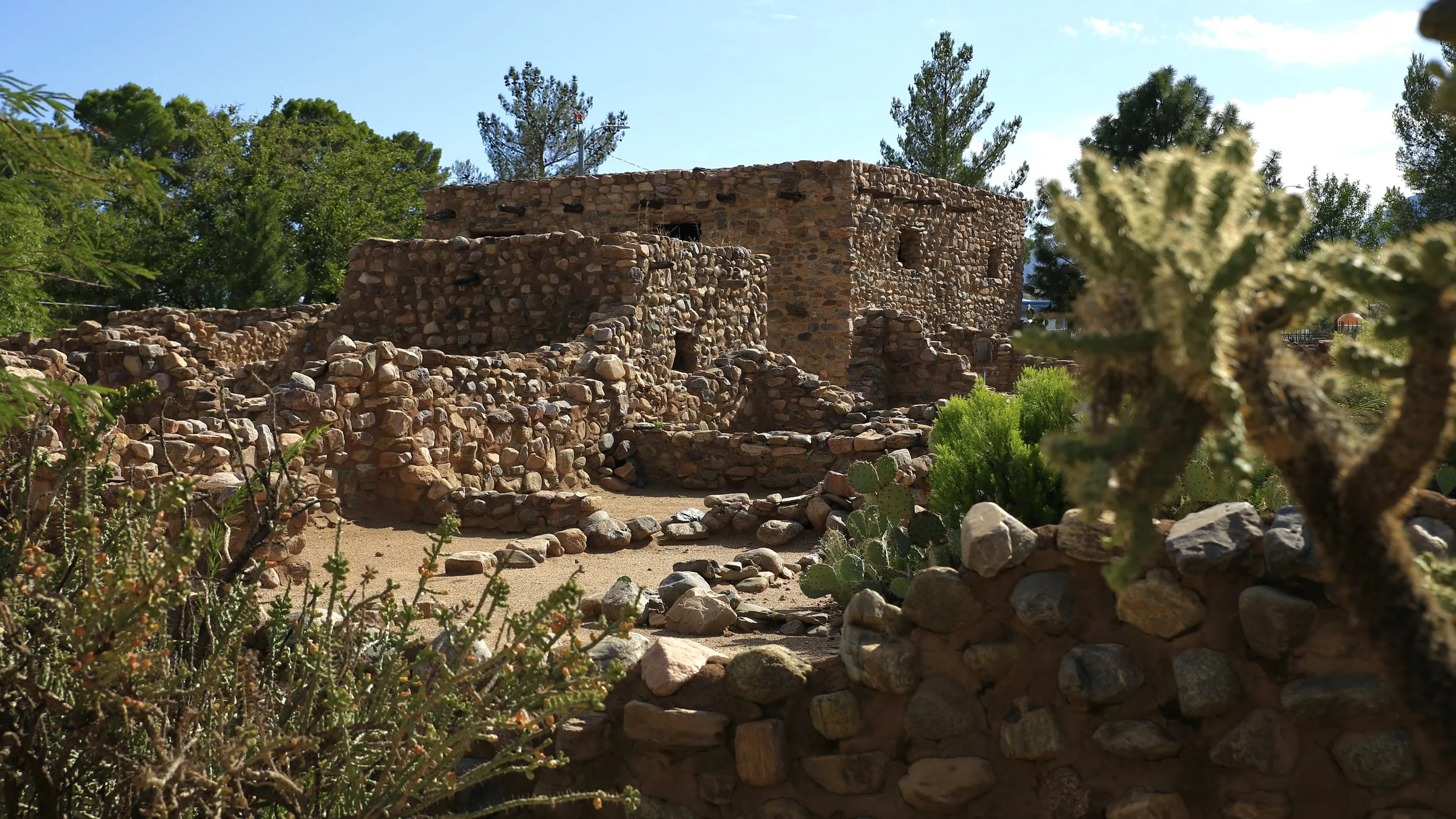
Besh-Ba-Gowah Arcaheological Park
In the town of Globe, Arizona, in the Superstition Mountains lies an important Salado Cultural Phenomenon Site known as Besh-Ba-Gowah Archaeological Park. The small site sits atop the Pinal Creek and was given that name by the Apaches, not the Anasazi/Mogollon/Salado people. The site has a beautifully reconstructed Great House Pueblo, many informative plaques, & a beautiful desert garden that surrounds and fills the interpretive walk. You also get to go inside the Great House which is littered with Salado Polychrome Ceramics and other recovered artifacts.


Besh-Ba-Gowah means Place of Metal to the Apaches and represented the area in general, which you will understand if you come from the Phoenix area and drive through Miami on 60 and see the giant Copper pits. The Museum and Visitor Center is also relatively informative with a video and some artifacts, including beautiful Salado Bowls and tons of shells which the people traded for. These shells came from the Pacific, the Gulf of Mexico, & the Gulf of California. There’s also a fantastic recreation of the site as it would have been at its height around AD 1400.
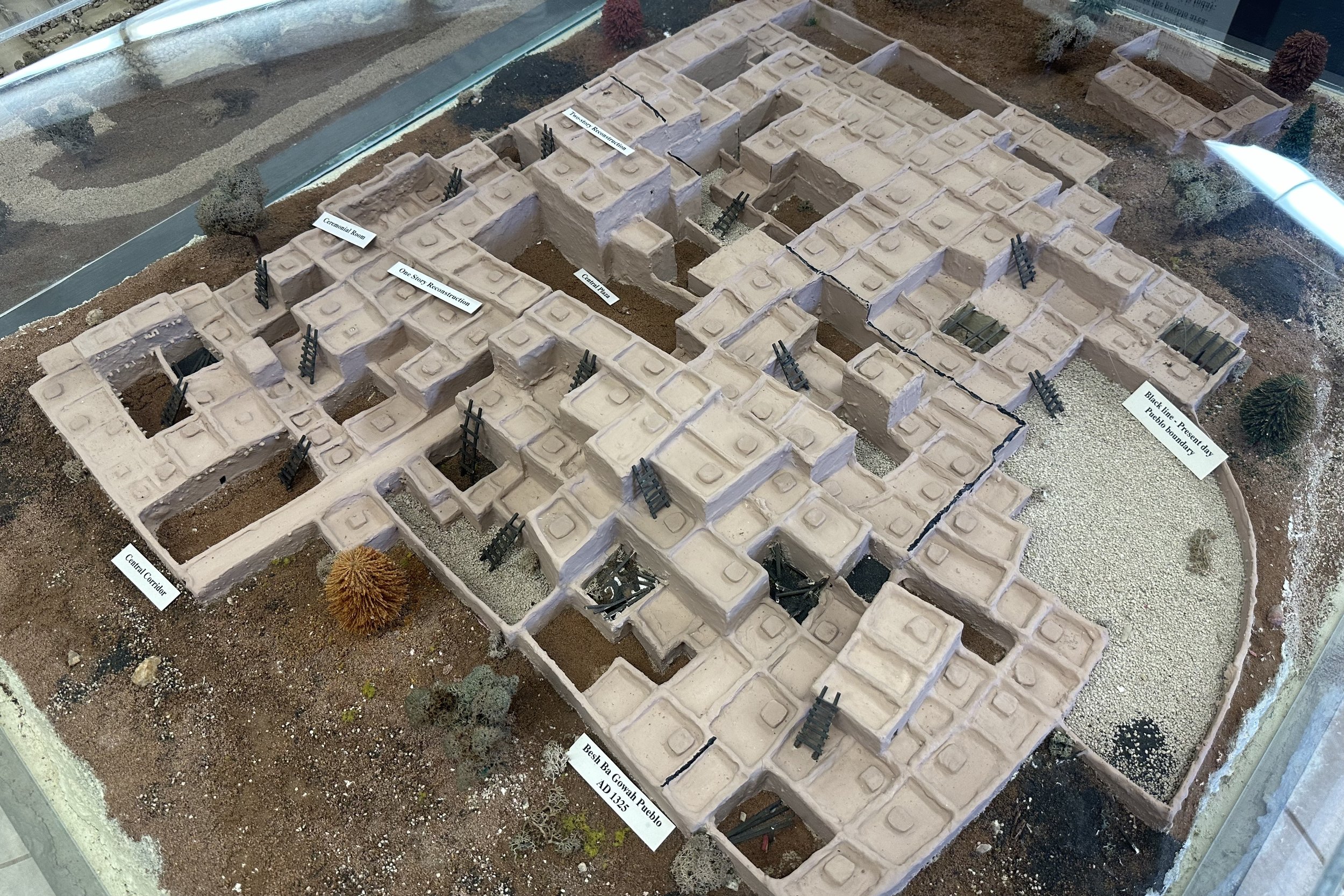
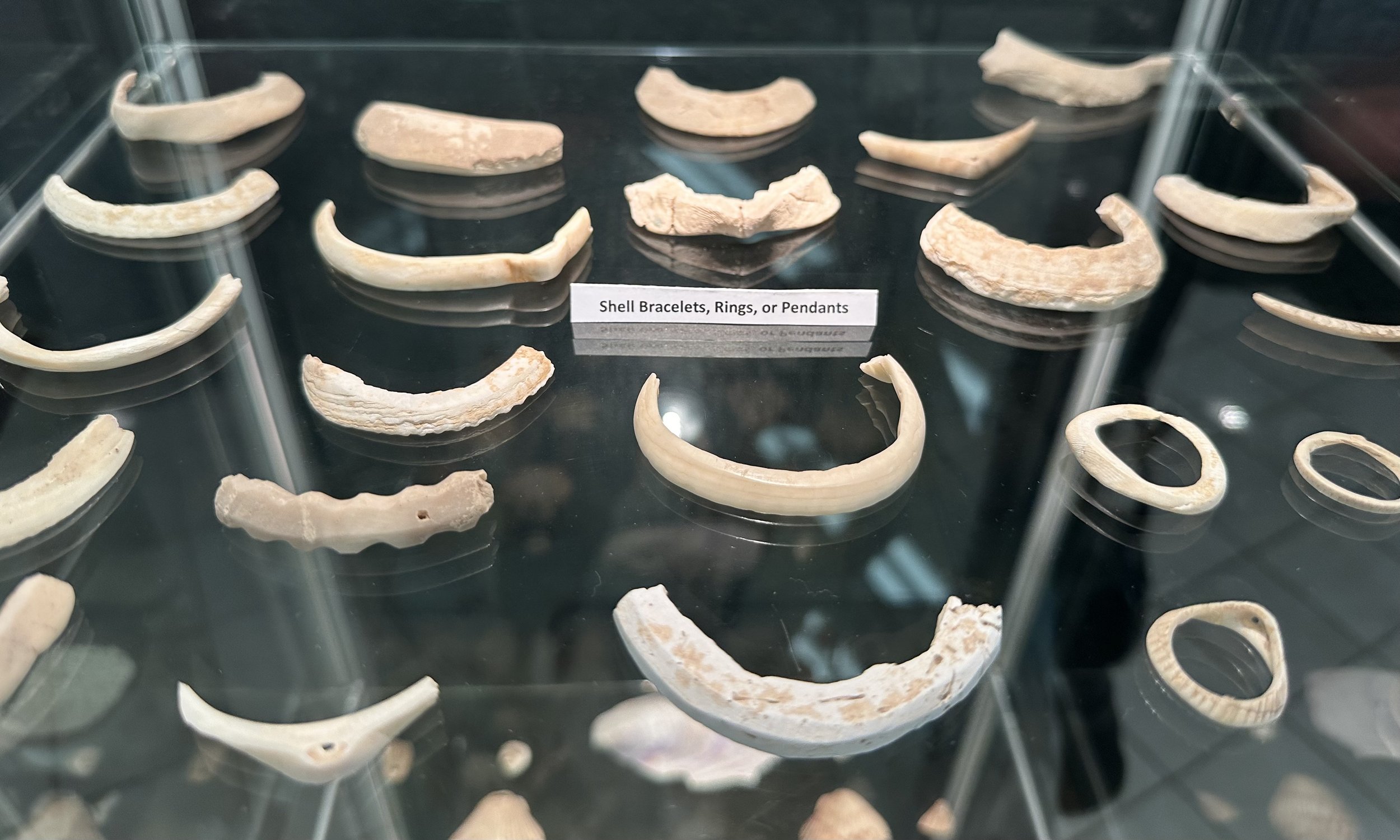
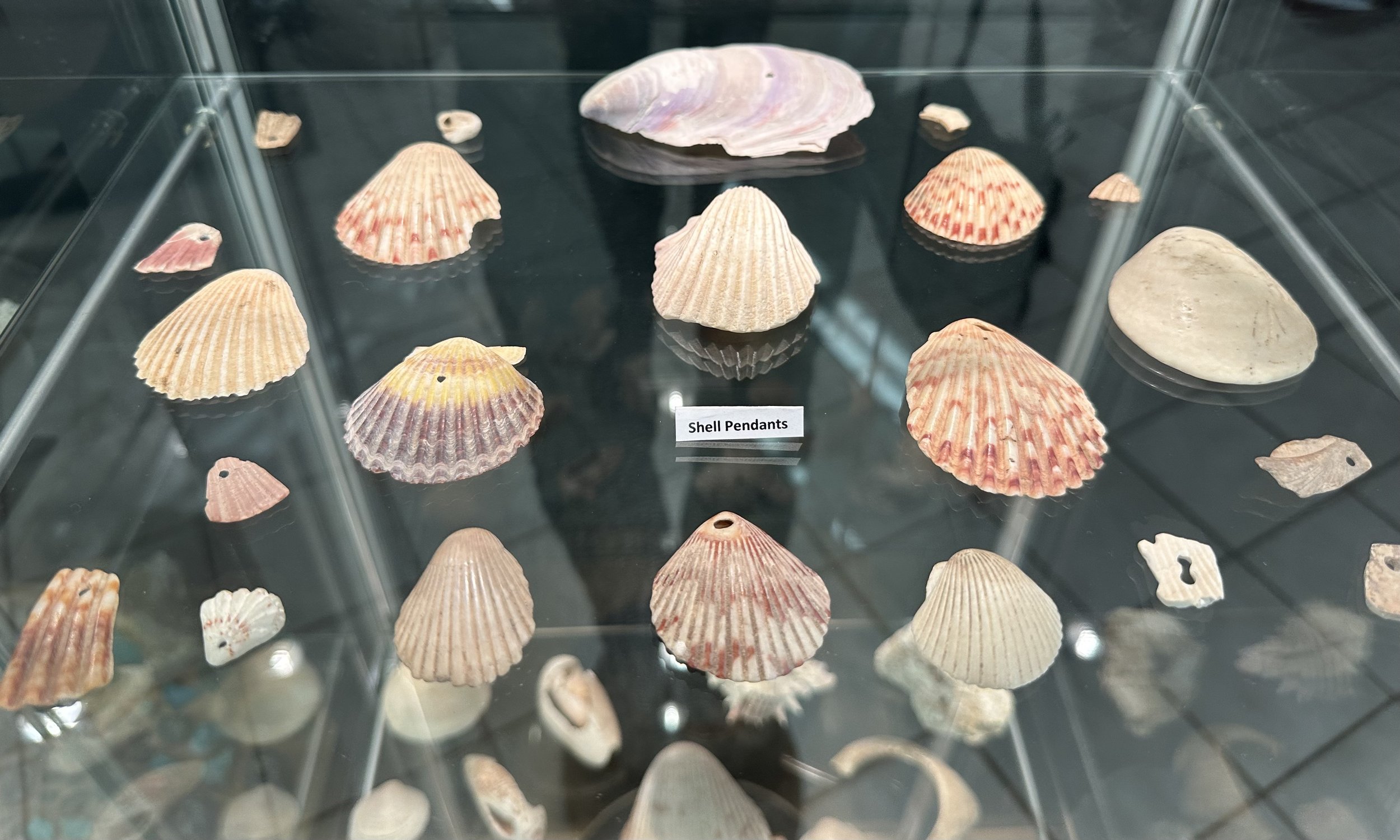
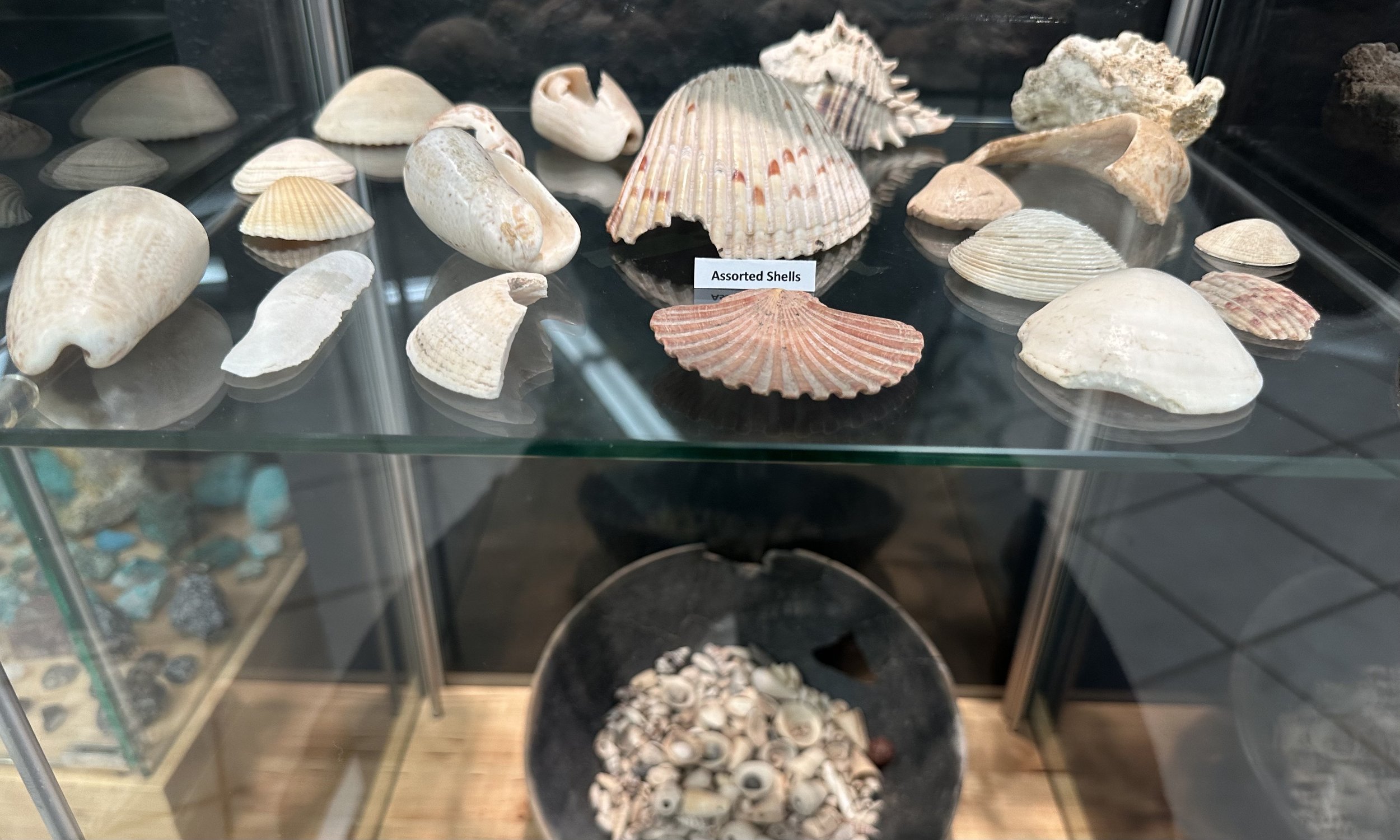

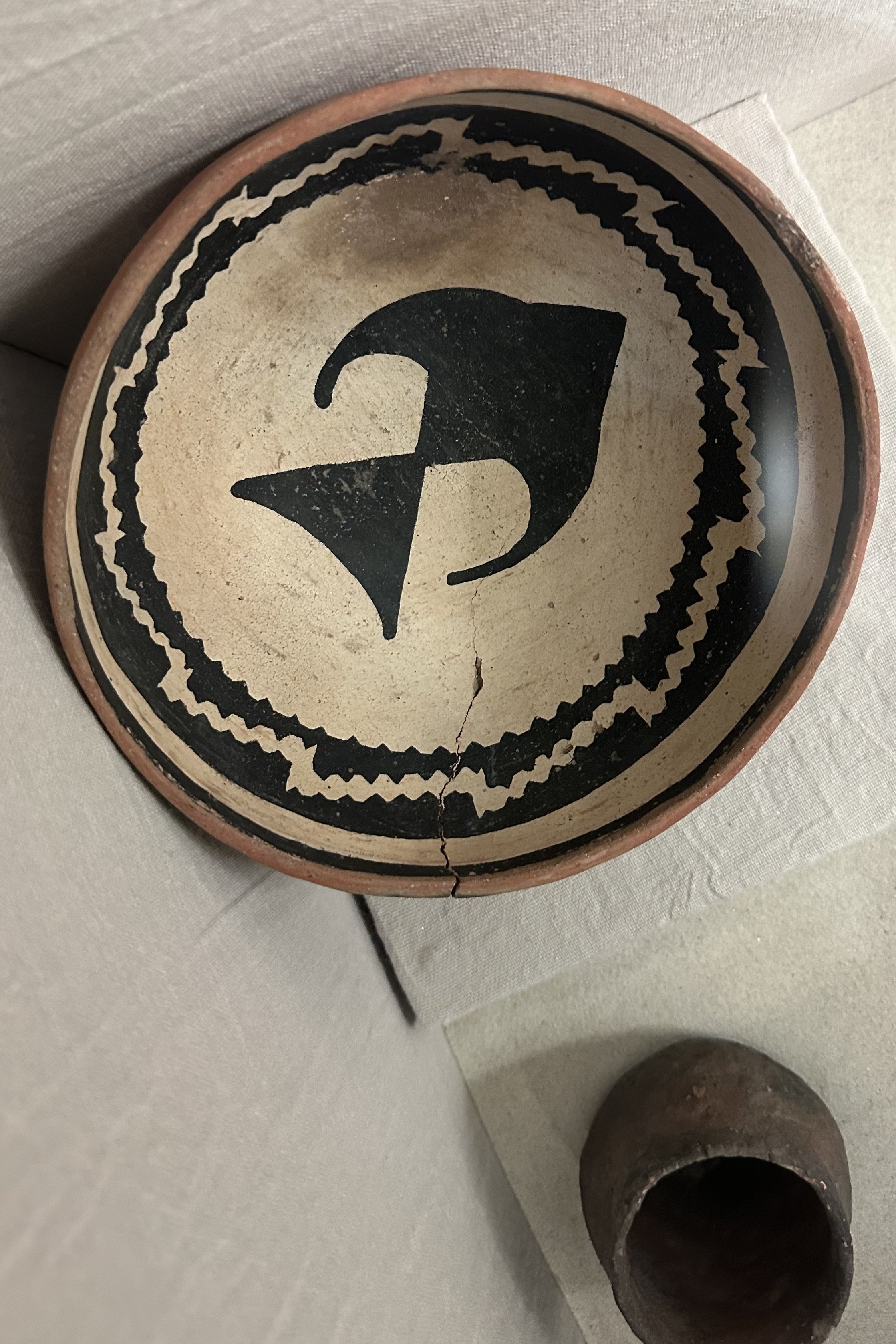
At that time of AD 1400, the site would have had around 200 rooms and there is evidence of both Anasazi/Mogollon/Ancestral puebloan ways of life and artifacts, as well as older, more regional Hohokam mounds and artifacts. The site does date back possibly to AD 750 and it was a place where the two or three, depending on your archaeological viewpoint, cultures came together to create The Salado.

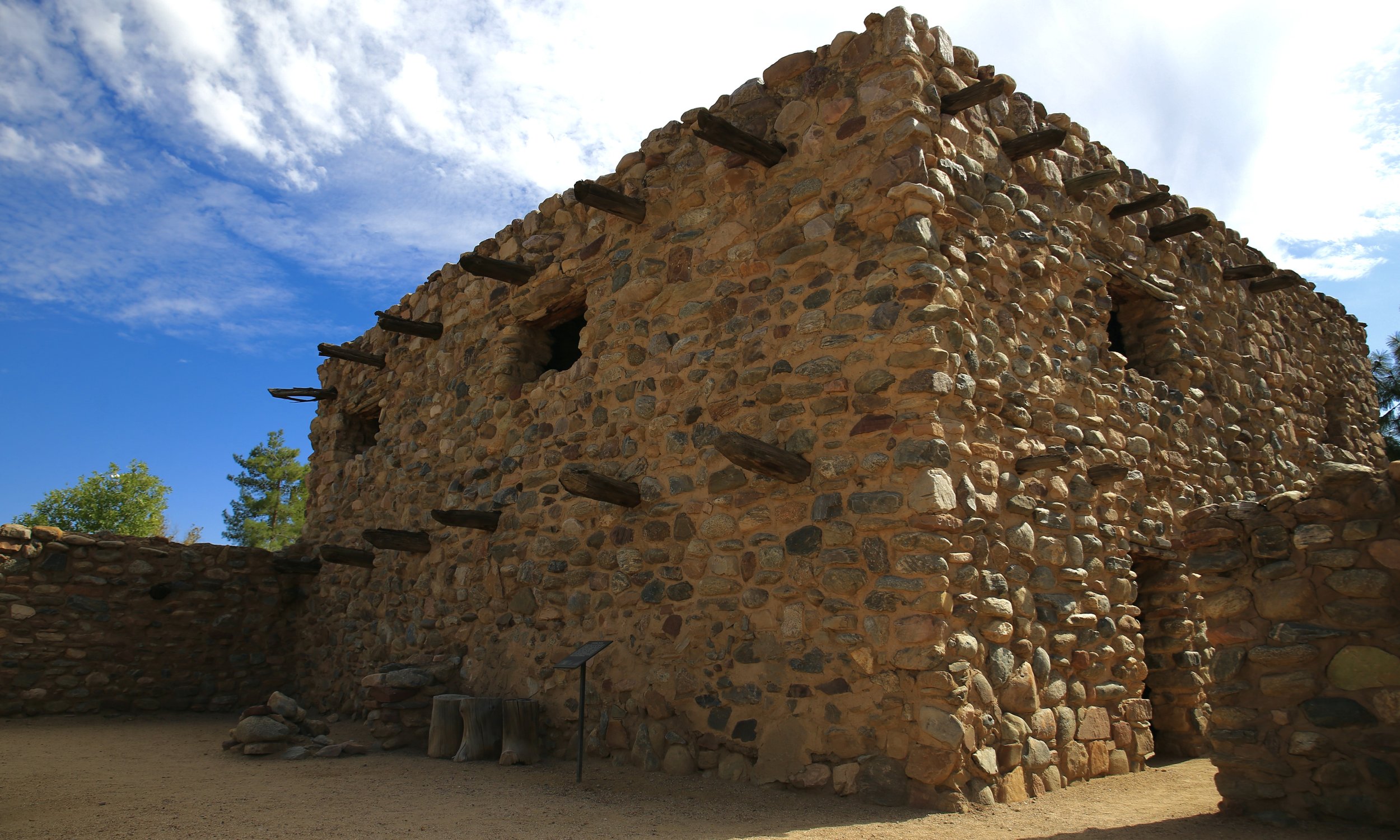
As I heavily discuss in my podcast series over the Ancient Ones, I believe this area and others in the Tonto Basin and surrounding mountains were places the Anasazi passed through on their way to Paquime and further south into MesoAmerica. When they came to the area, they mixed with the locals and eventually overtook their ways of life. For more information, listen to my series on the Ancient Peoples of the American Southwest.
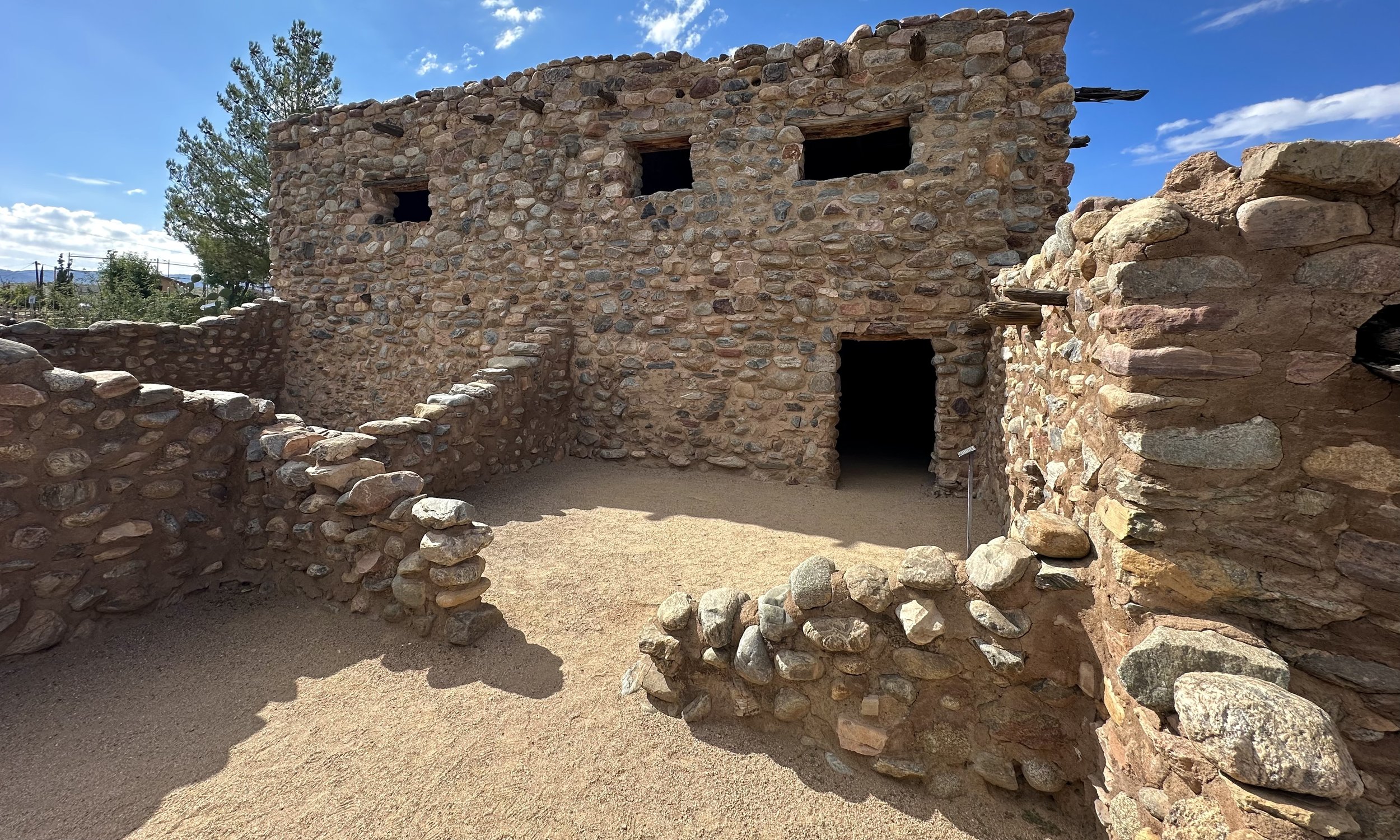
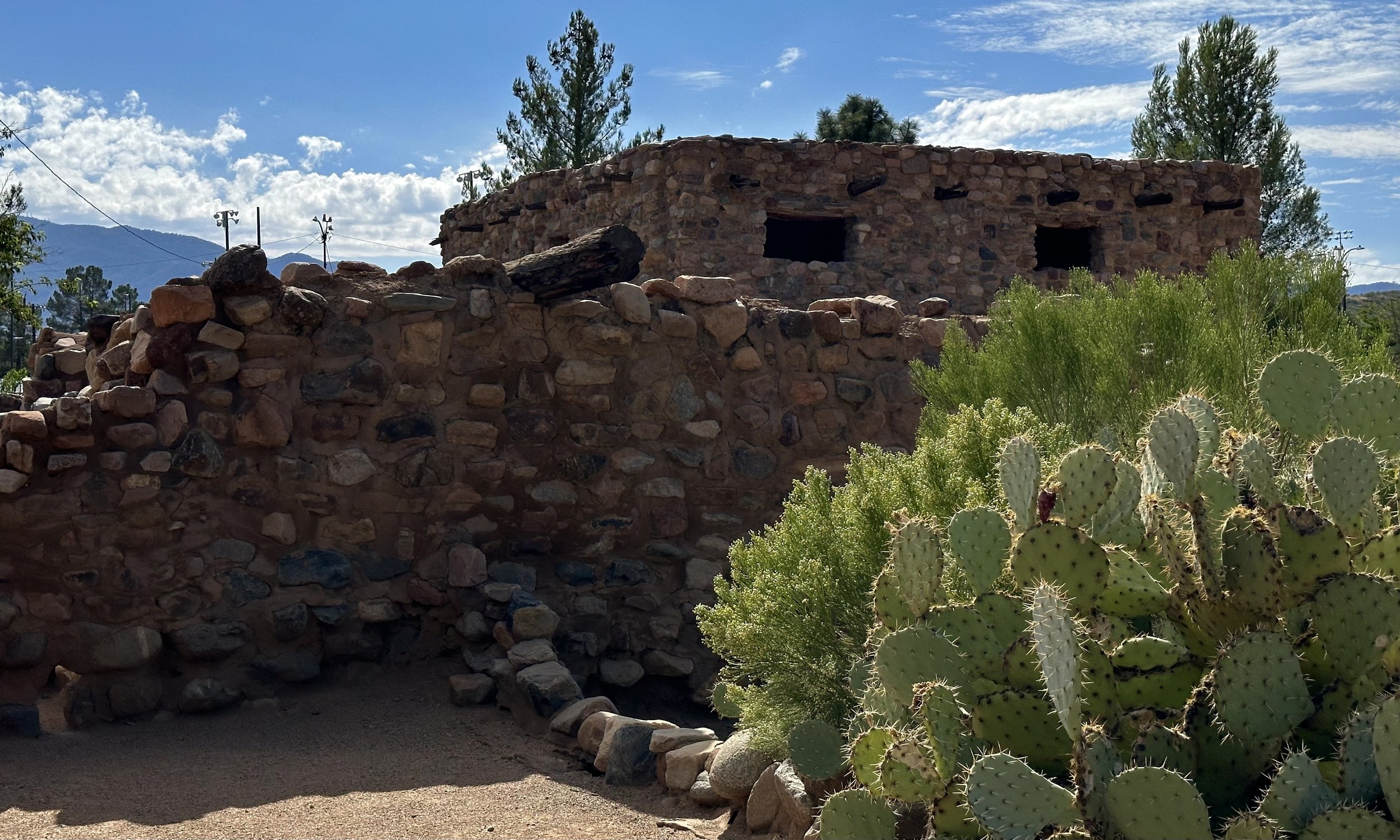
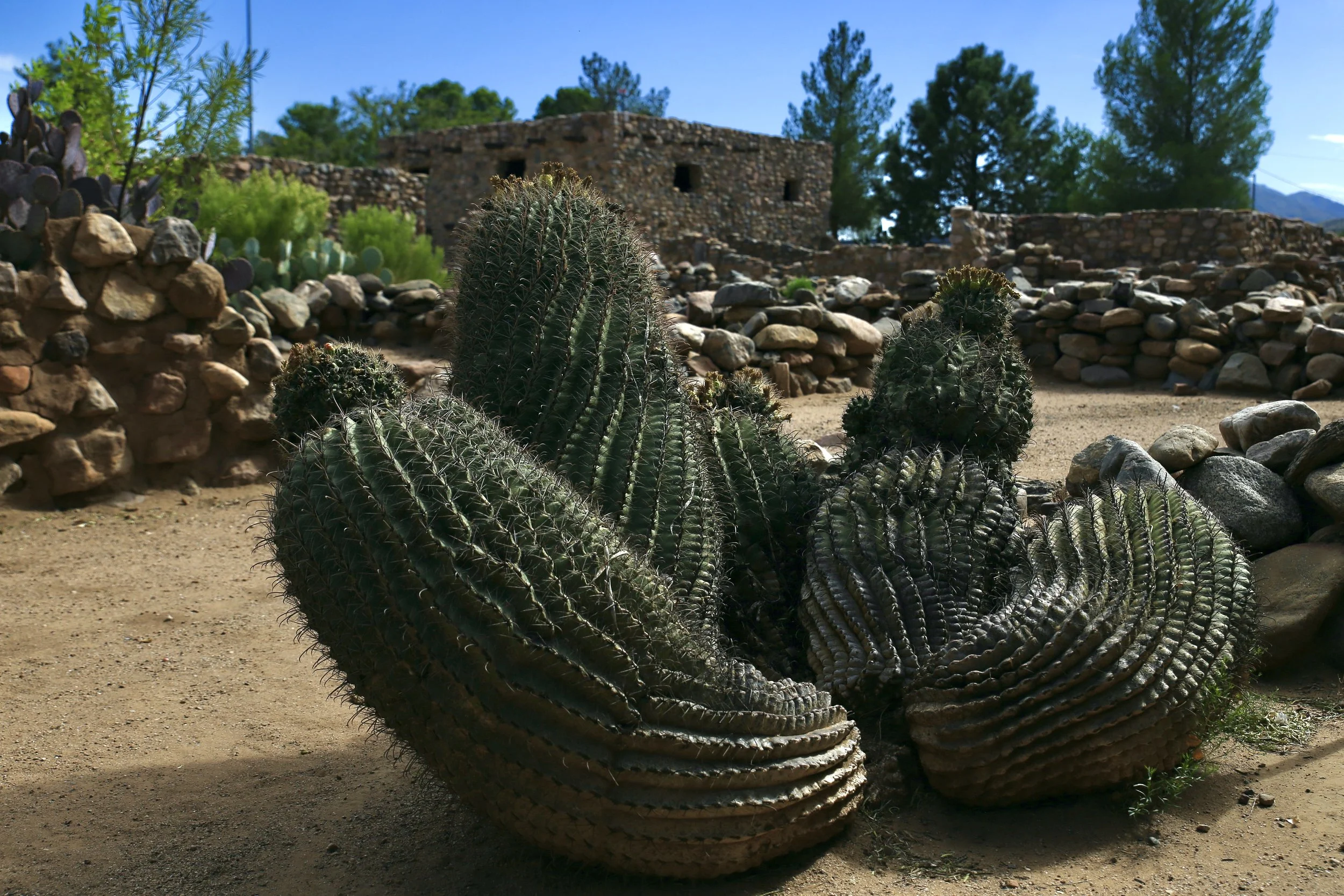
The site was first mapped by the legend Adolph F Bandelier in 1883 for the Archaeological Institute of America. It was then excavated the first time by amateur archaeologist William Davenport who dug six rooms and a plaza during the 1920s. He then handed off all of his research to Irene Vickery of the Federal Emergency Relief Administration Project who formally excavated the site from 1935 until 1940. She would unexpectedly die young though, and the place would stay untouched until 1981 when the city decided to re-excavate and reconstruct the ancient structures. Arizona State University’s John Hohmann led the charge and built the place you see now.
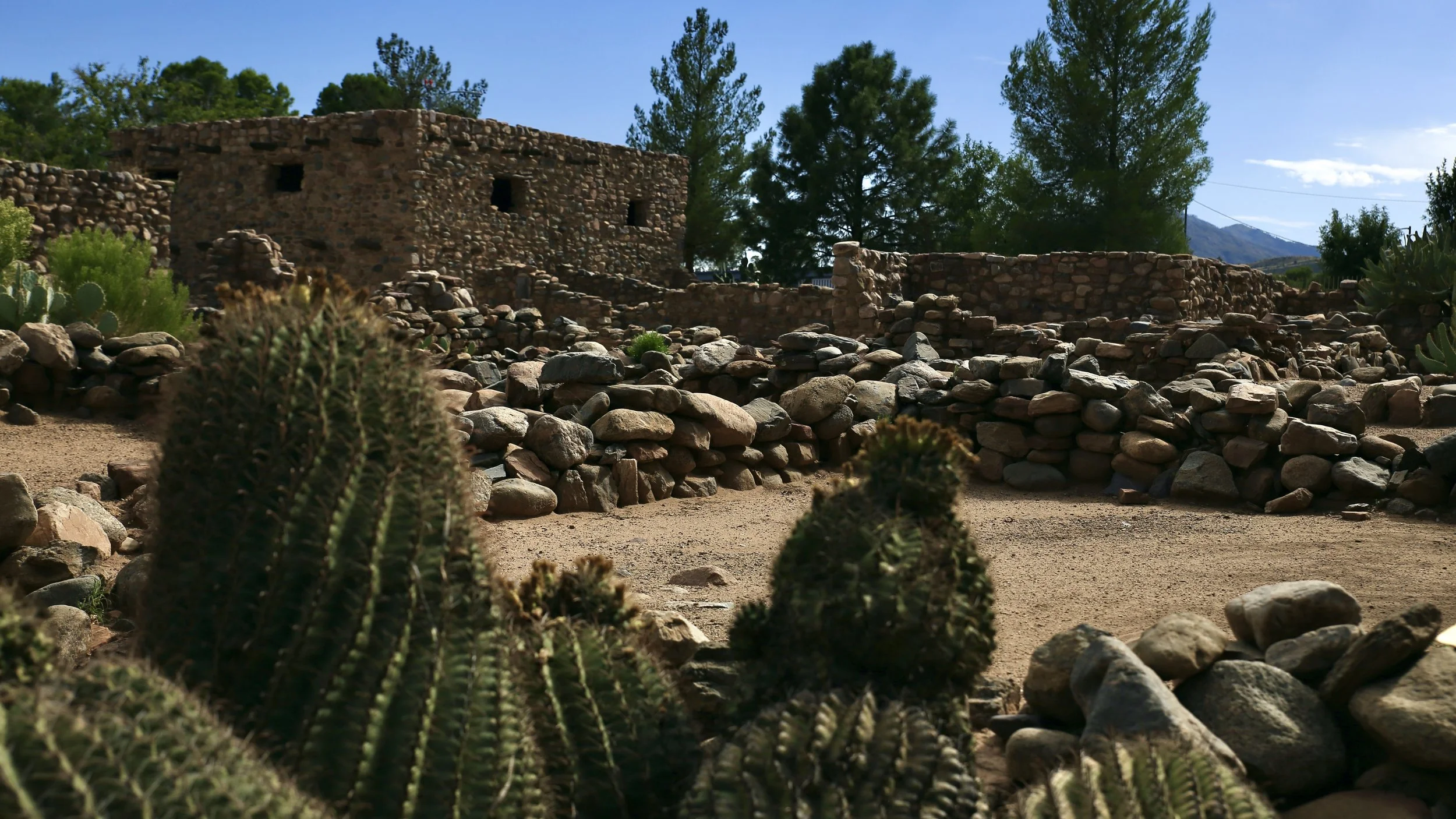
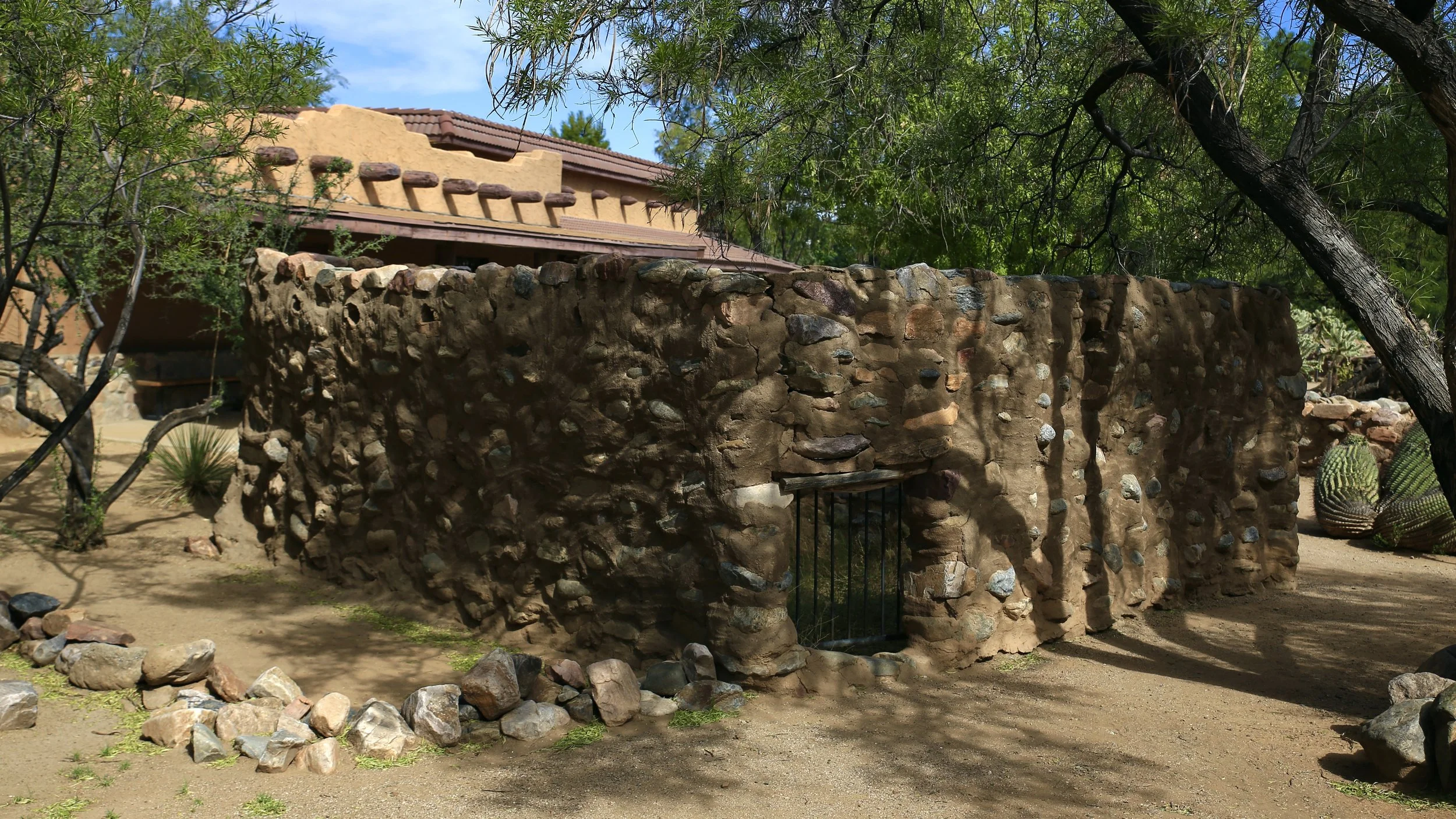
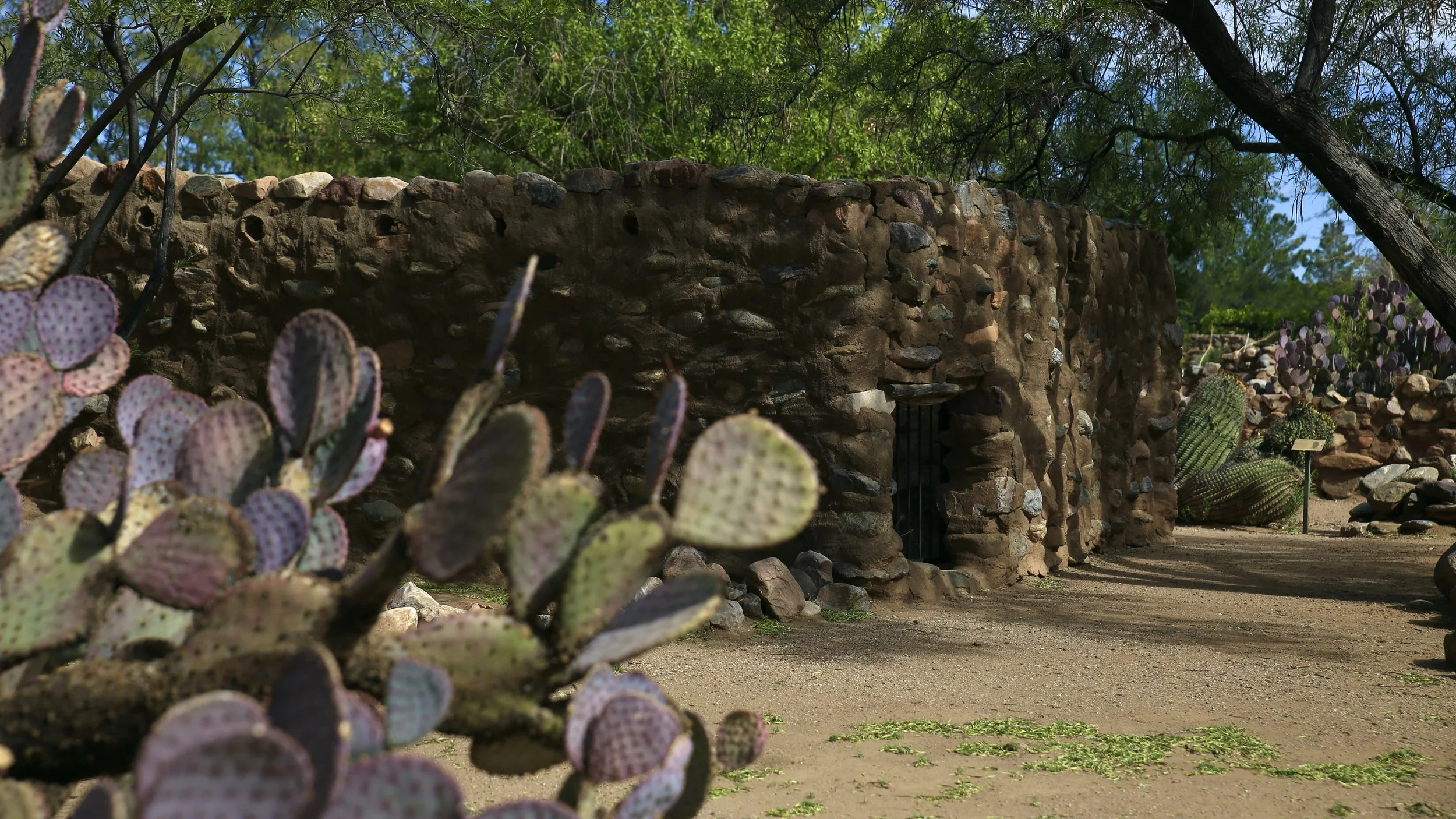
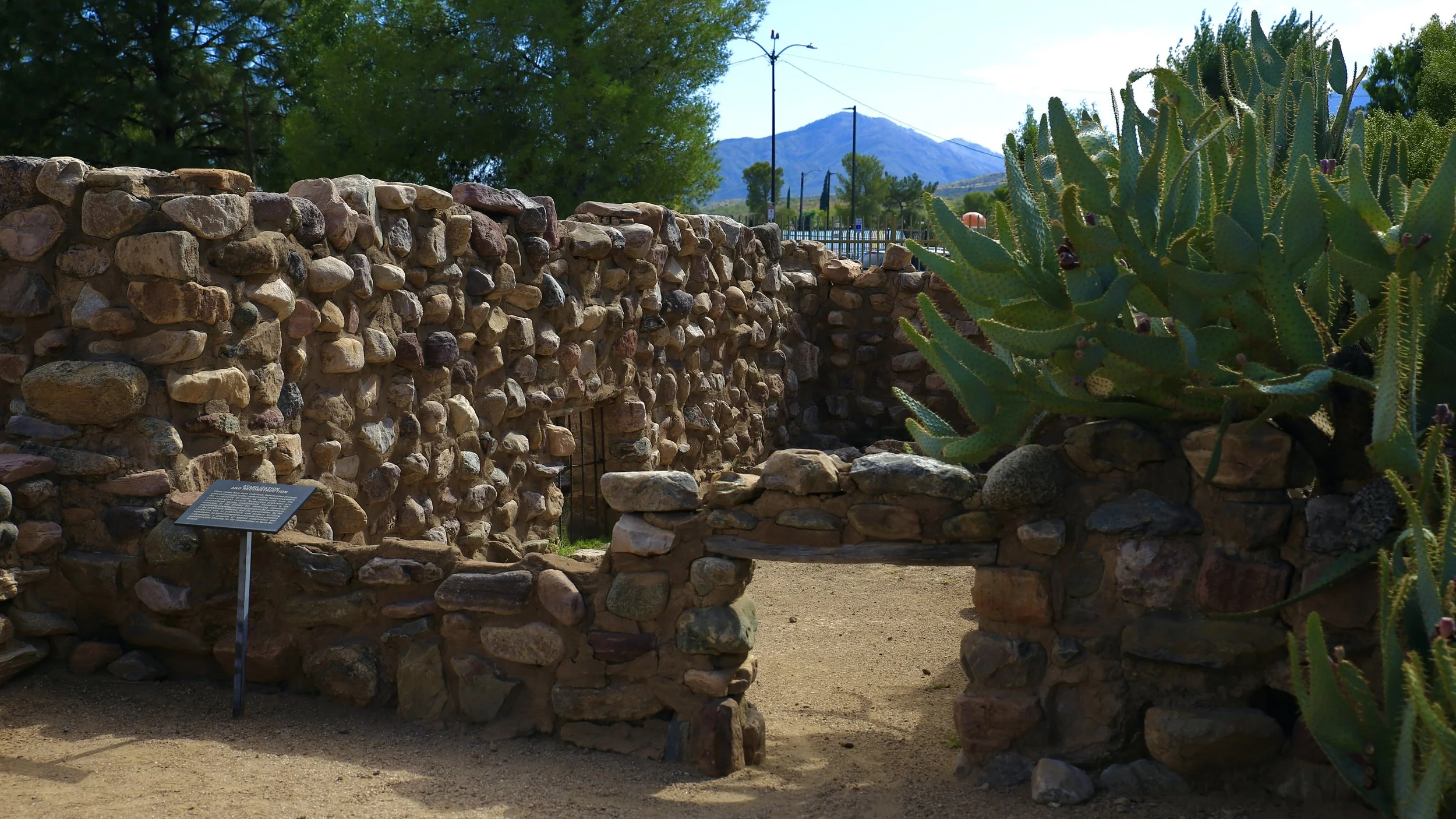

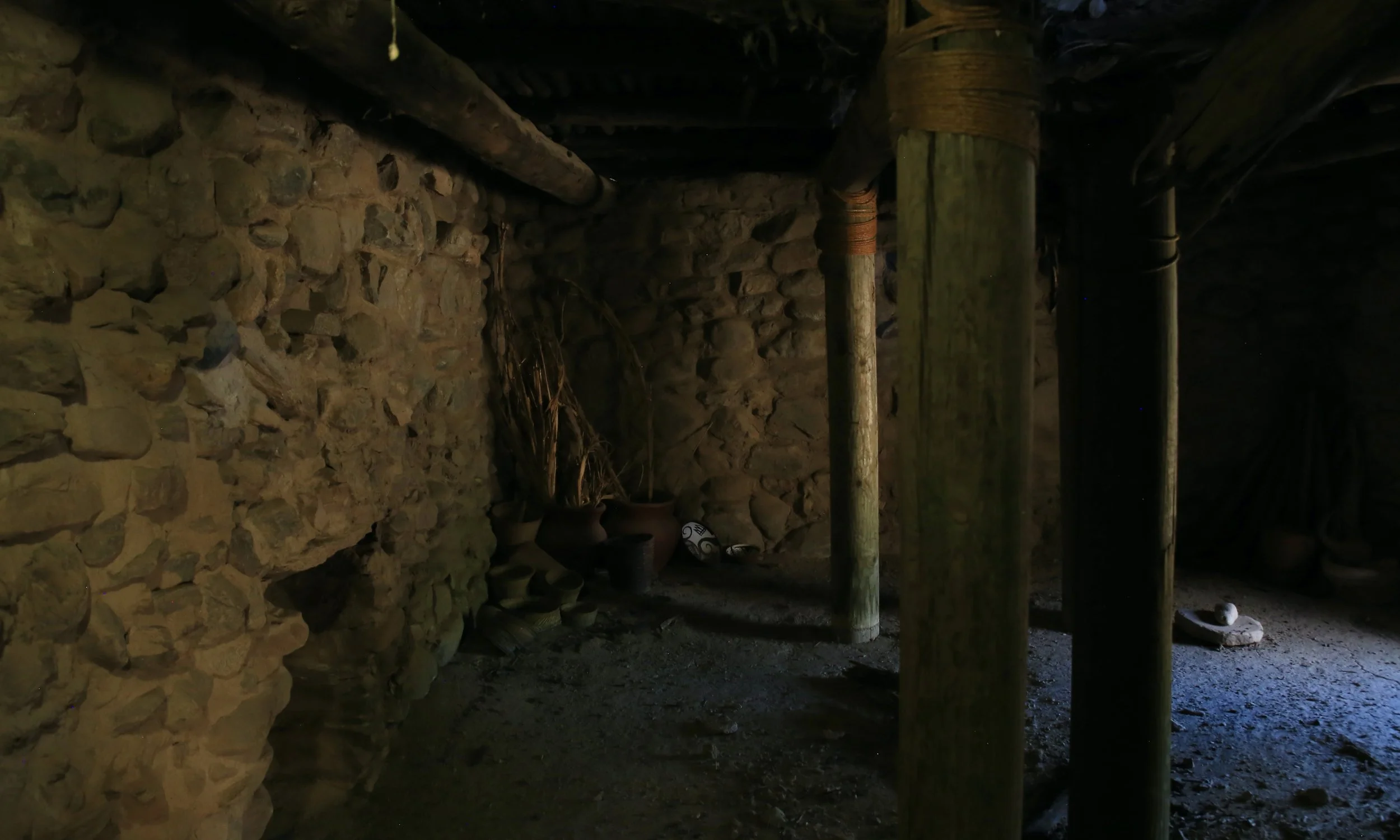
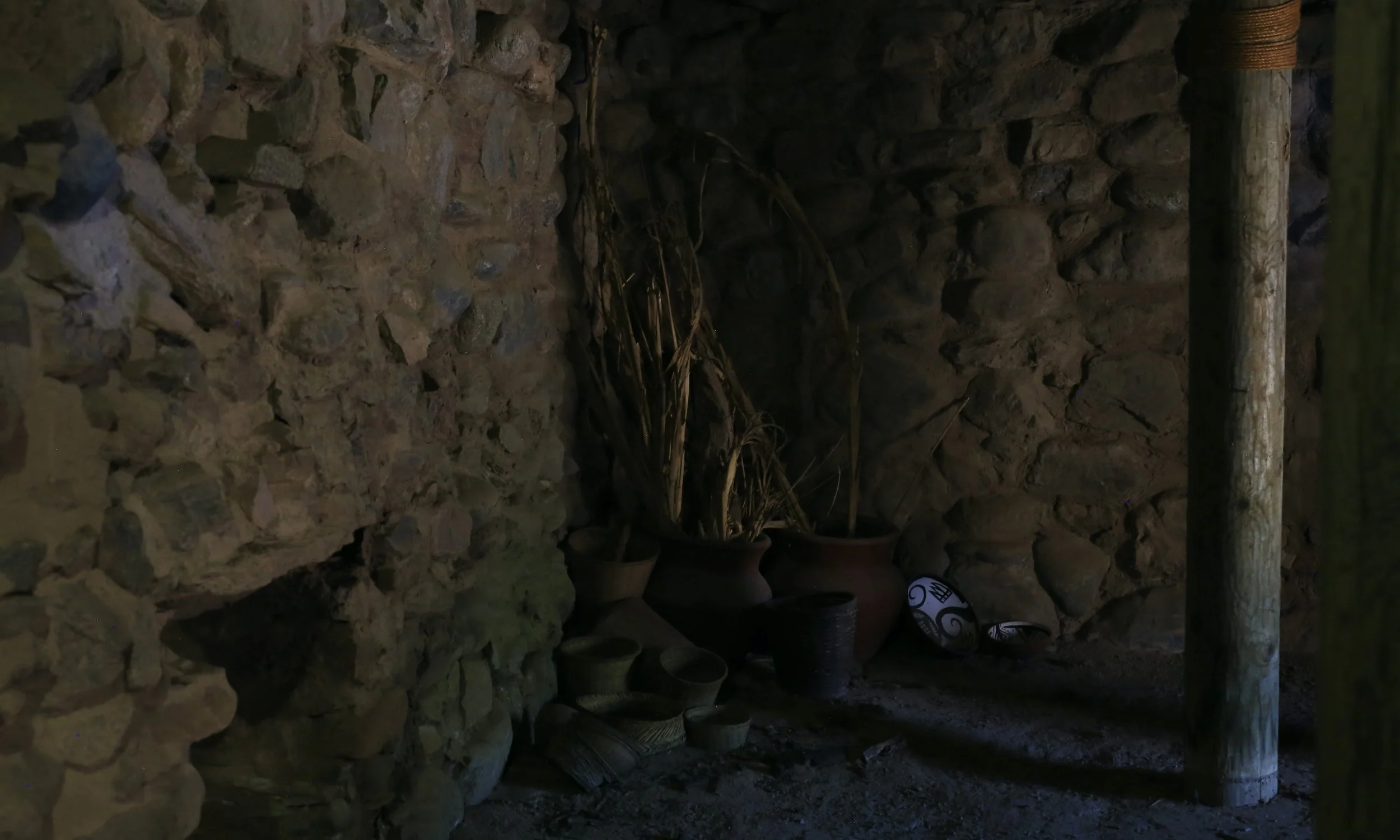
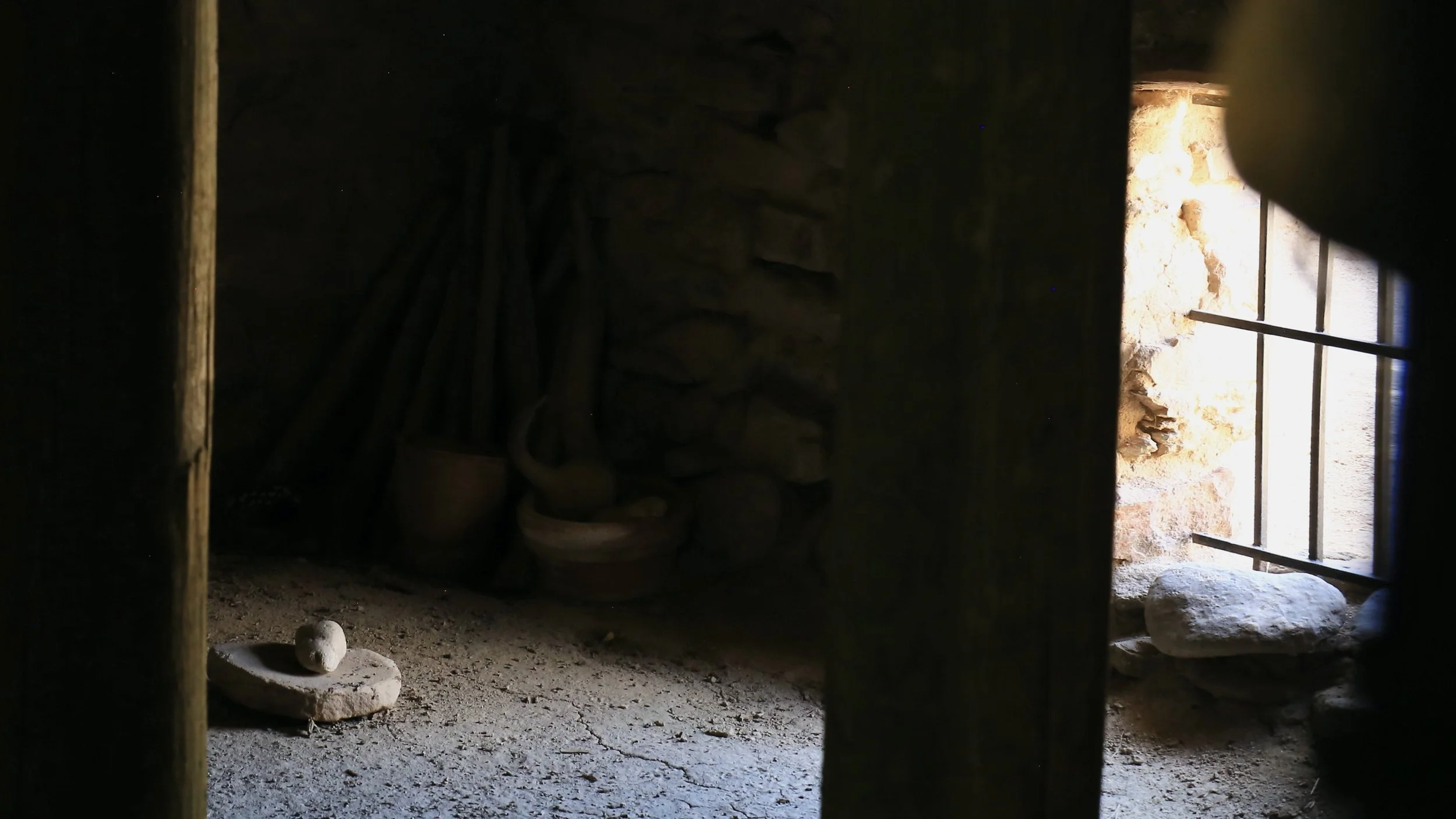
Around the ruins are ceremonial rooms, original roof beams, quite a few unexcavated rooms, a few rare and intriguing T Shaped doorways, a central Plaza, storage rooms, and more. There was plenty of turquoise and tons of pottery excavated from the site as well as bone awls & needles, yucca sandals, axe heads, hoes, arrow heads, cotton cloth, and plenty of woven articles.

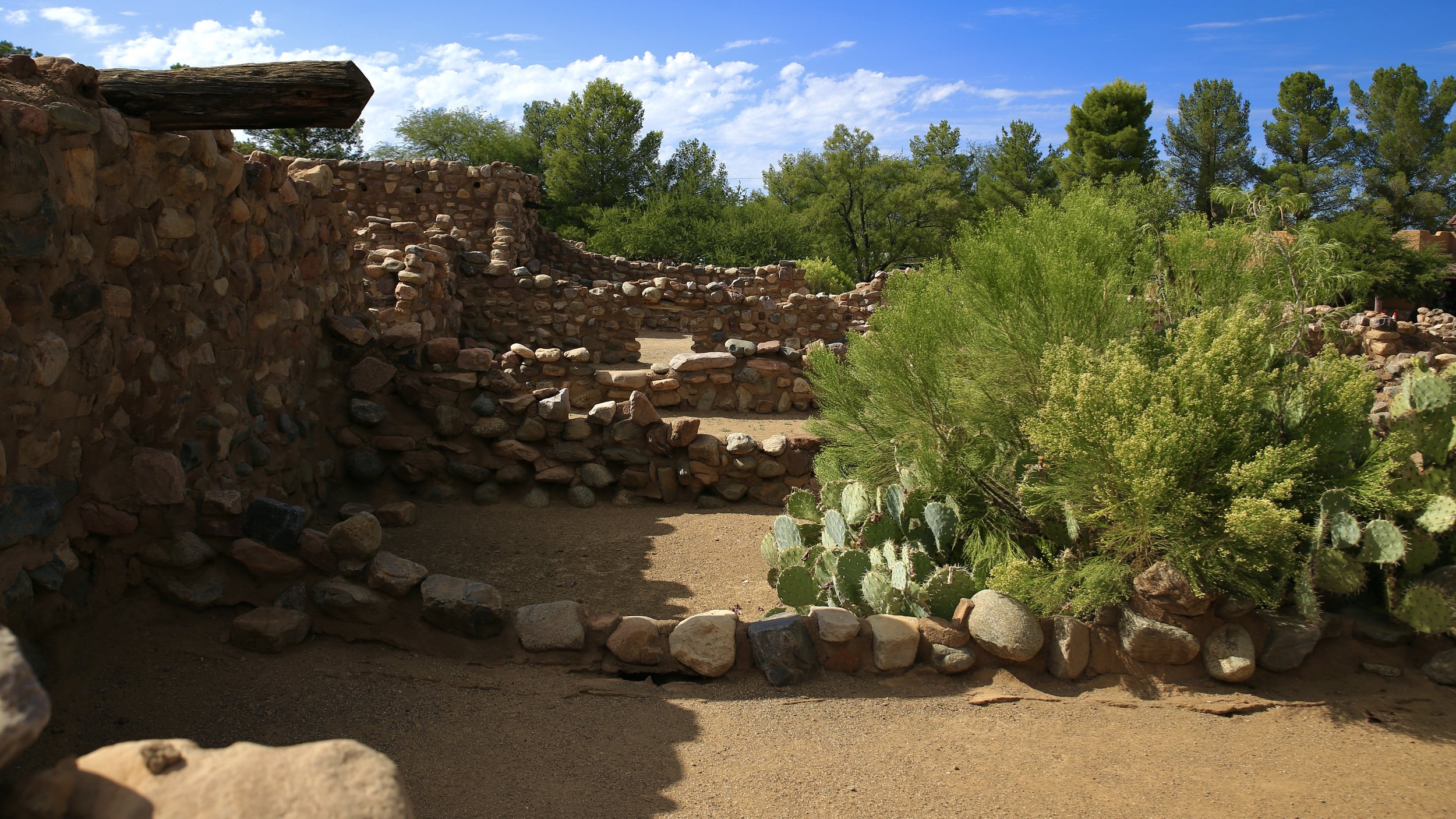
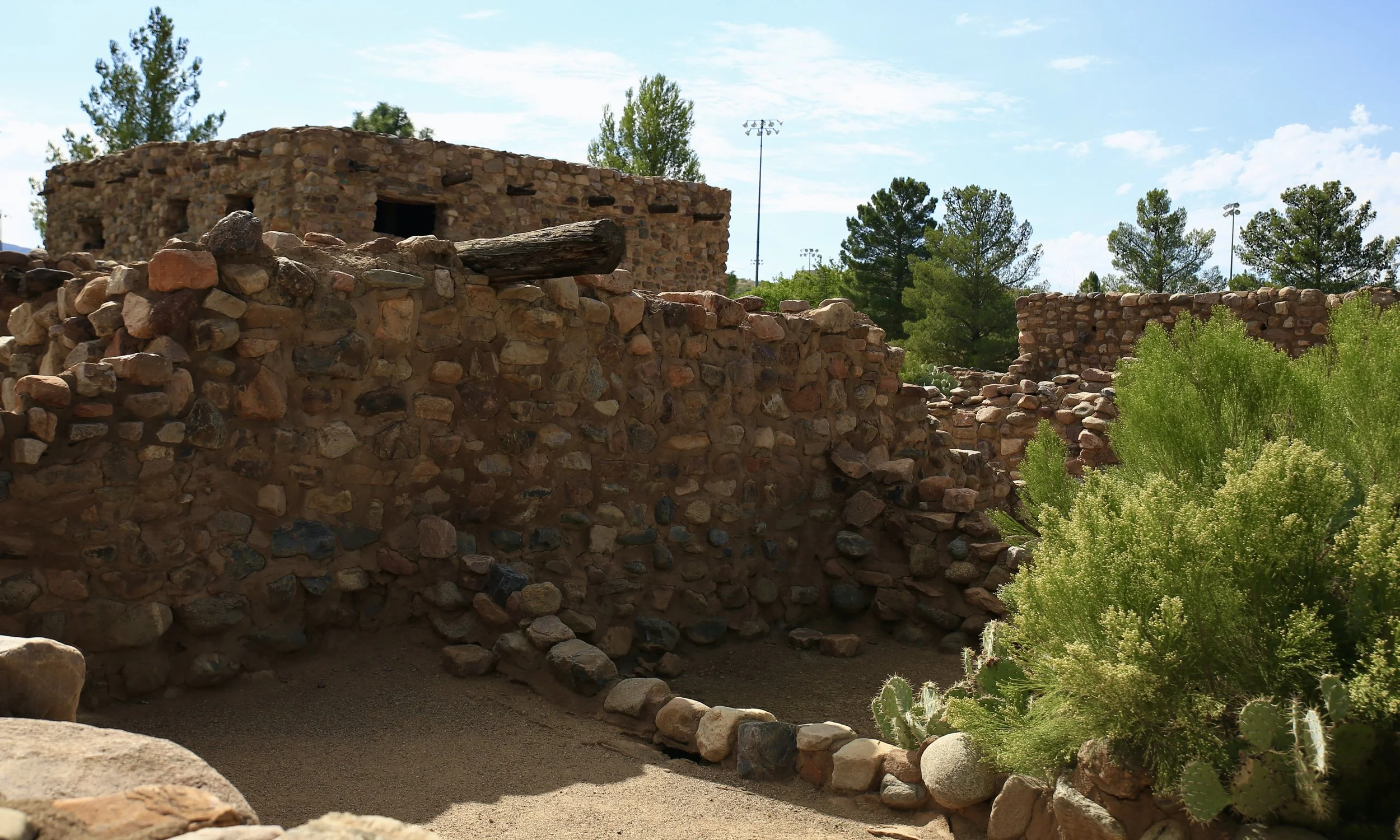
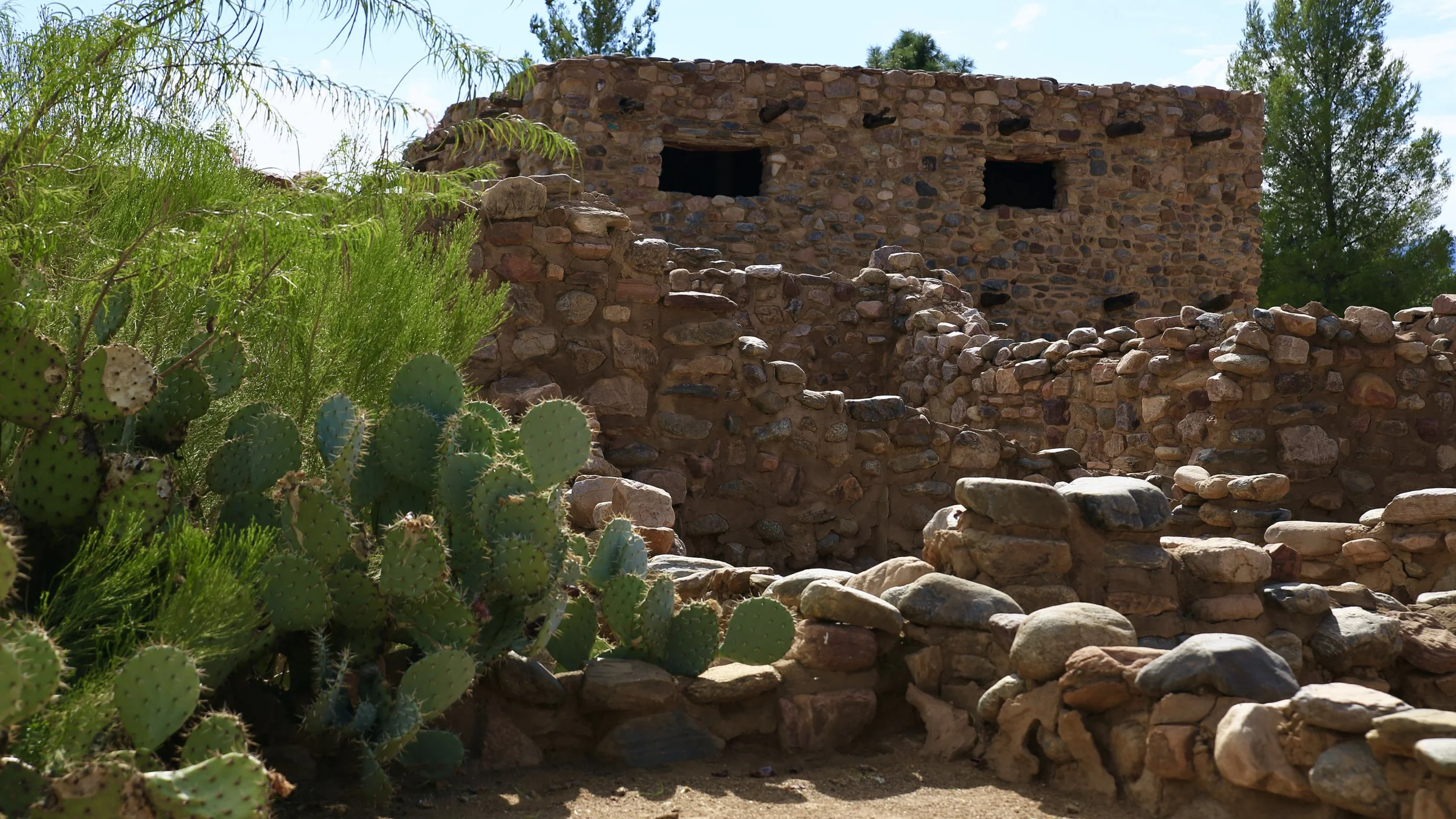
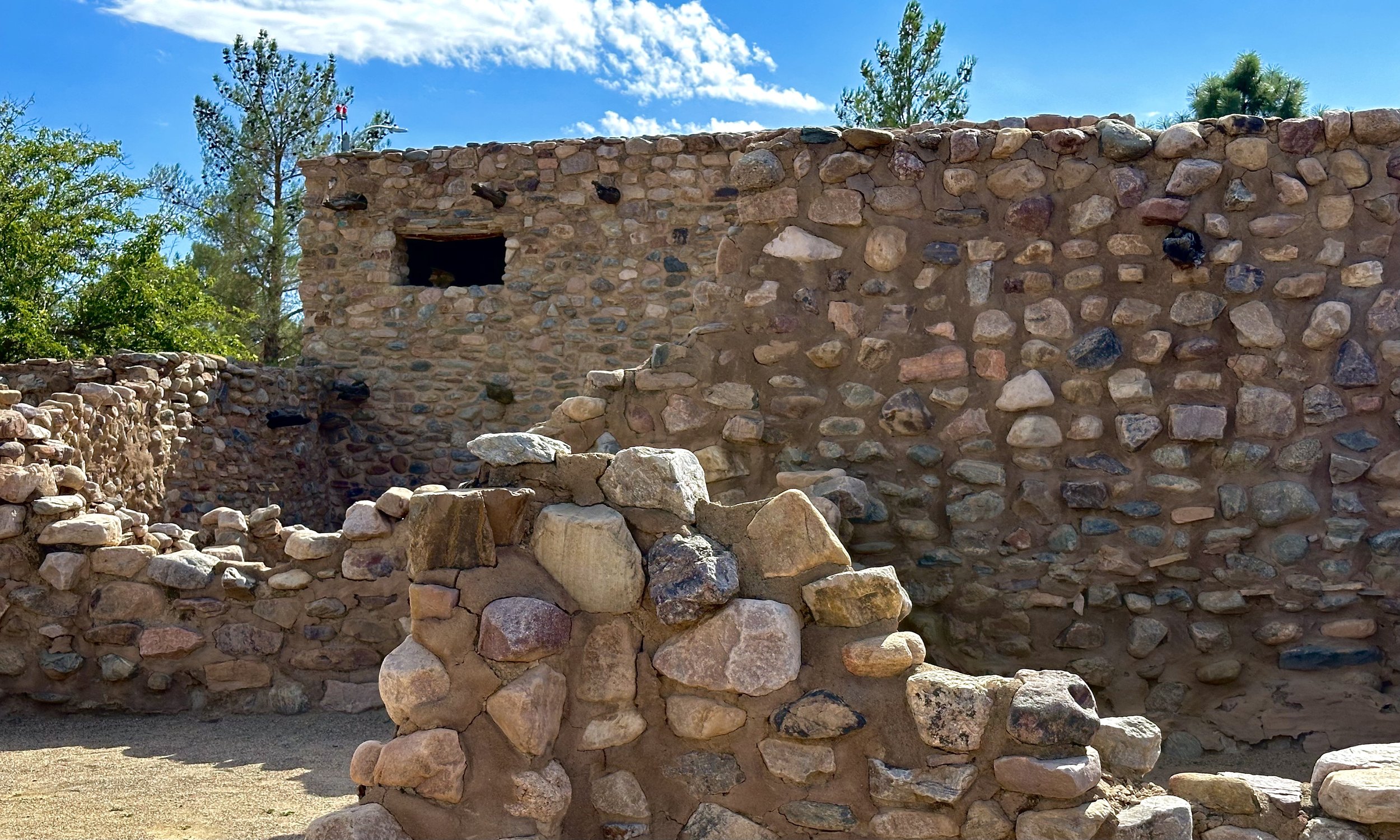

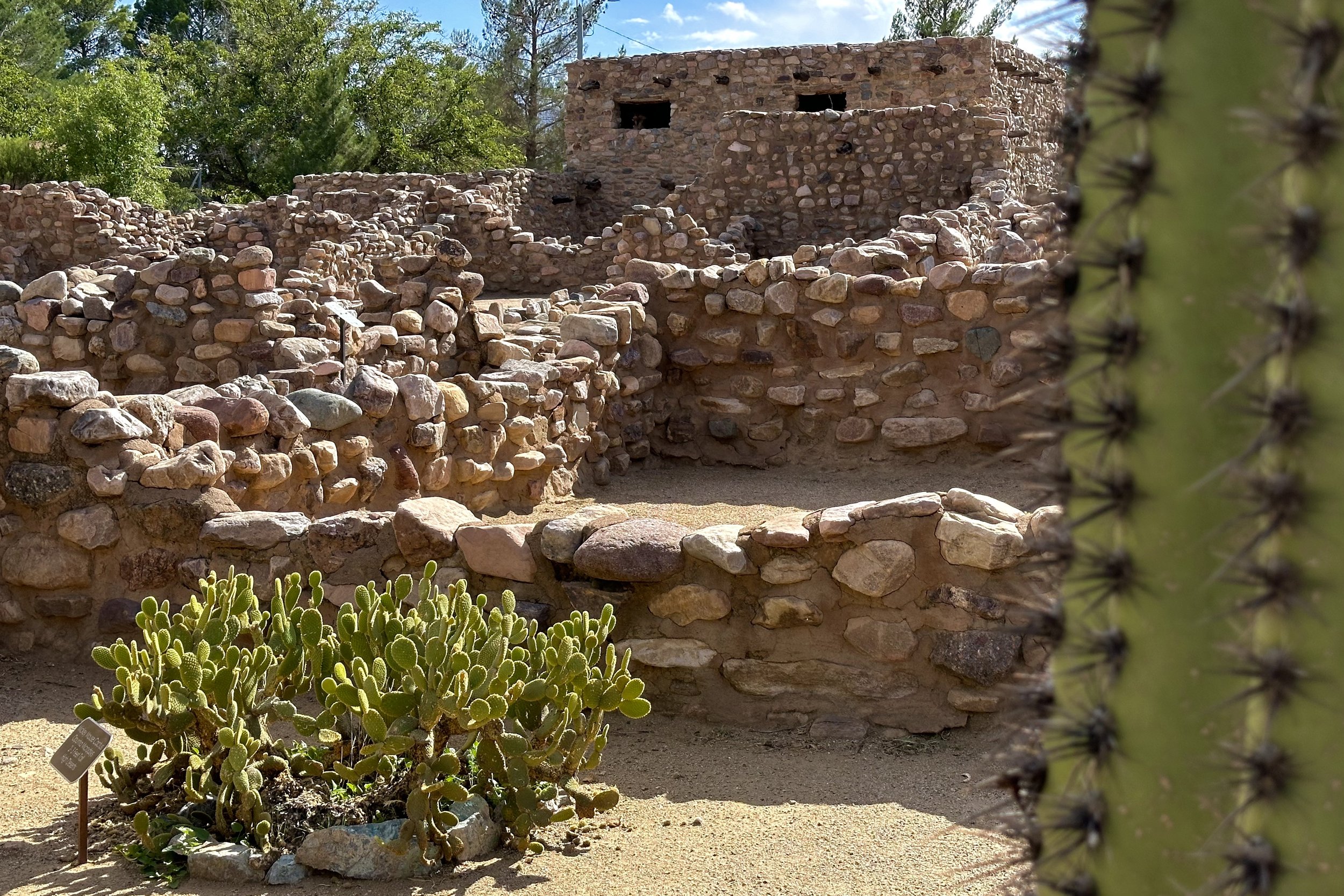
The beautiful plants around the park & garden include Prickly Pear, various Agaves, Cholla, Fishhook Cactus, Mesquite, Creosote Bushes, Jojoba nuts, Oak, Cottonwood, Juniper, Piñon, & Arizona Walnut. And of course, they would have grown Corns, beans, & squash, as always.
